
Mural Removal at Oxford St Police Station Sends Wrong Message To Our Community
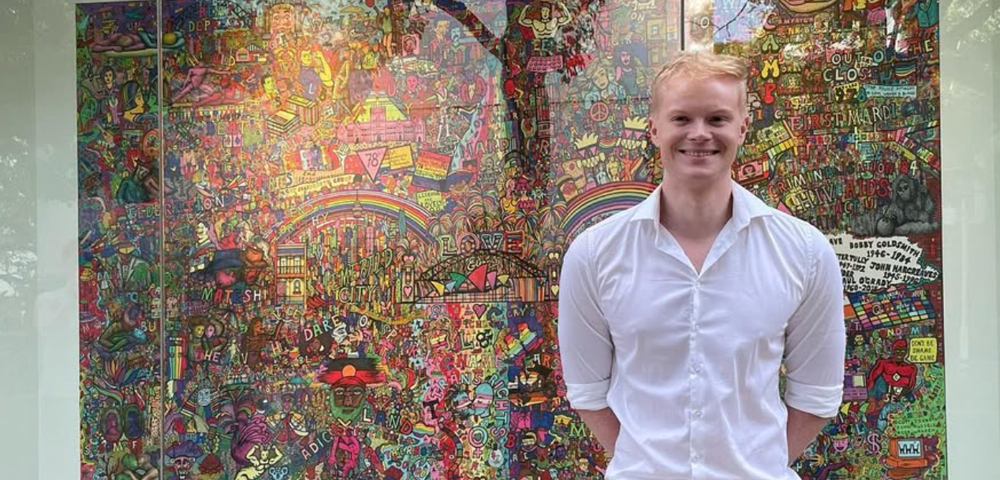
Just days after it went up, a mural celebrating queer Australians at Sydney’s Oxford St police station was quietly taken down.
The artwork, which featured LGBTQ+ icons and symbols from across decades, was a vibrant nod to history and visibility — a statement of inclusion in the heart of Sydney’s gay district. Yet, one complaint from a police officer was all it took for it to be removed.
In an interview with journalist Hamish Macdonald, a police spokesperson said the complaint was on “religious grounds,” but admitted they hadn’t seen the supposed offending word or image for themselves. That lack of basic diligence is troubling. If the decision to remove an artwork that celebrates our community can happen so quickly — and on such vague reasoning — then something in the process is deeply flawed.
Removal of the Oxford St police station mural: Why this matters
For LGBTQ+ people, visibility has always been hard-won. Our images, our words and our stories have been erased, challenged and censored for generations. So when a mural finally appears in a police space — a space that hasn’t always felt safe for many in our community — its sudden removal hits differently.
This isn’t just about art. It’s about trust, transparency and fairness.
Was the decision made by a single officer or a team? Who approved it, and what checks were made to ensure those involved weren’t influenced by religious or personal bias? Was the LGBTQ+ Liaison Unit consulted? These are fair questions, and we deserve honest answers.
The alleged offence or concern
Reports suggest the issue may relate to the historical phrase “Sodom of the South,” a nickname given to Sydney in 19th-century newspapers — documented by historian Garry Wotherspoon as part of our city’s social history. The phrase isn’t a slur; it’s a historical reference to how Sydney was viewed at a time when queer identity was stigmatised.
To interpret this as offensive, without context, shows how far we still have to go in understanding and respecting queer history.
A question of bias
According to the NSW Police’s own public materials, “when there is no crime committed, but an action is motivated by hate, prejudice or bias, it is known as a hate incident.”
If the removal of this mural was driven by personal prejudice rather than genuine community concern, it could fall within that definition. At the very least, it signals an unconscious bias that still exists within the institution — and that should worry us all.
We deserve better
Oxford Street is more than a road. It’s a symbol — of resilience, of progress, and of pride. For a mural celebrating our people to be taken down from a police station on that very street sends the wrong message: that our inclusion remains conditional, and our presence still up for debate.
As President of PFLAG Sydney, I believe this decision deserves a transparent review. NSW Police should explain how this happened, who made the call, and what steps will be taken to prevent similar incidents in future. Consultation with LGBTQ+ representatives must be part of that process.
True inclusion isn’t about temporary displays of support; it’s about consistent respect and accountability.
If NSW Police want to show genuine allyship, reinstating the mural — or publicly acknowledging the harm caused — would be a meaningful place to start.
Les Micó is the President of PFLAG Sydney and a writer focused on equality, identity and community connection.


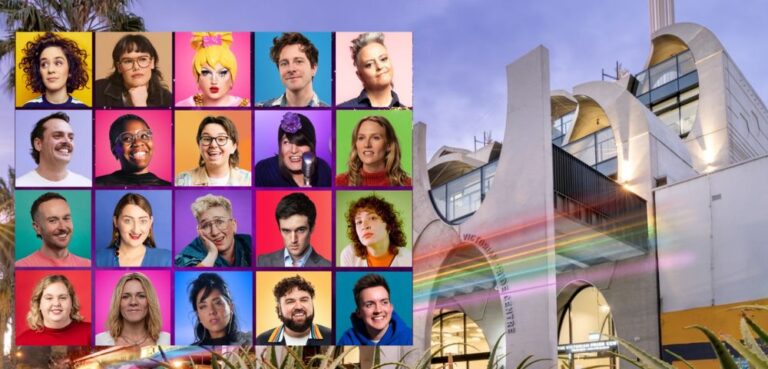
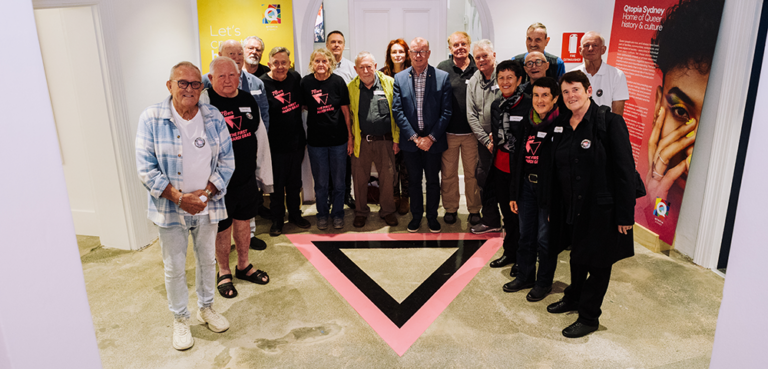

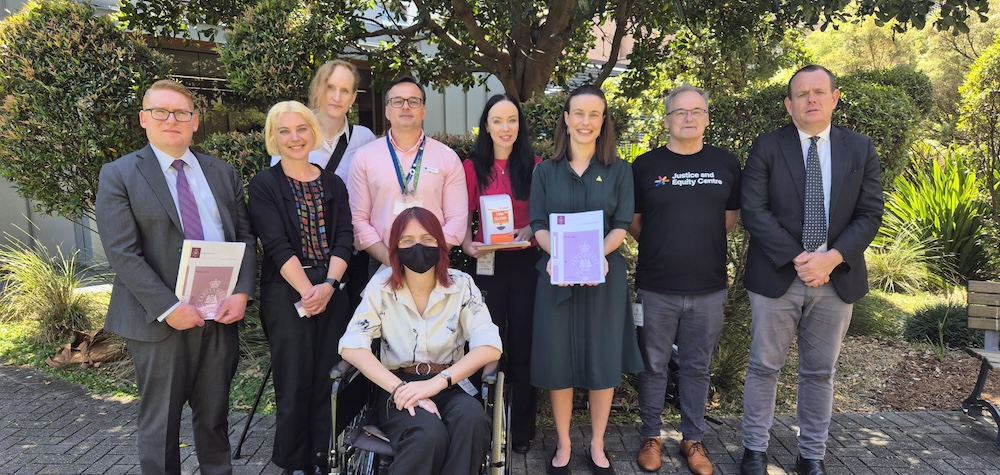
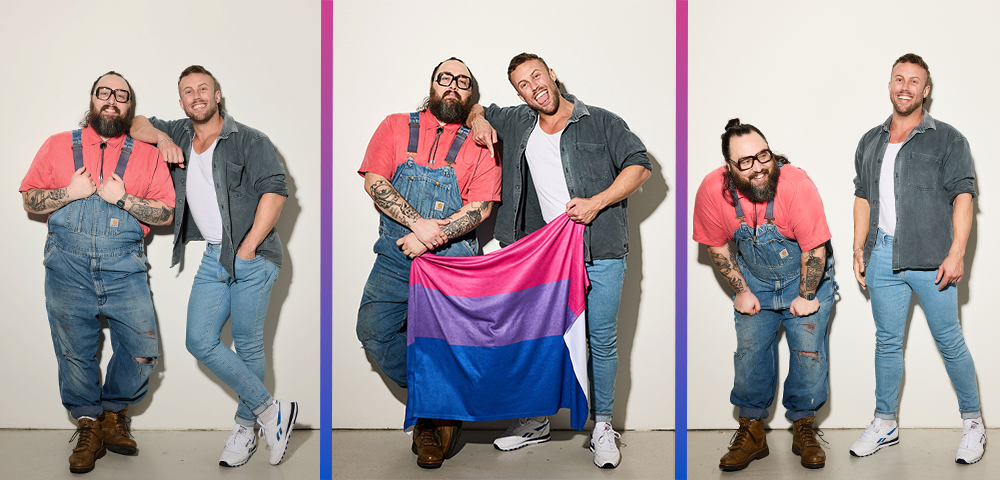

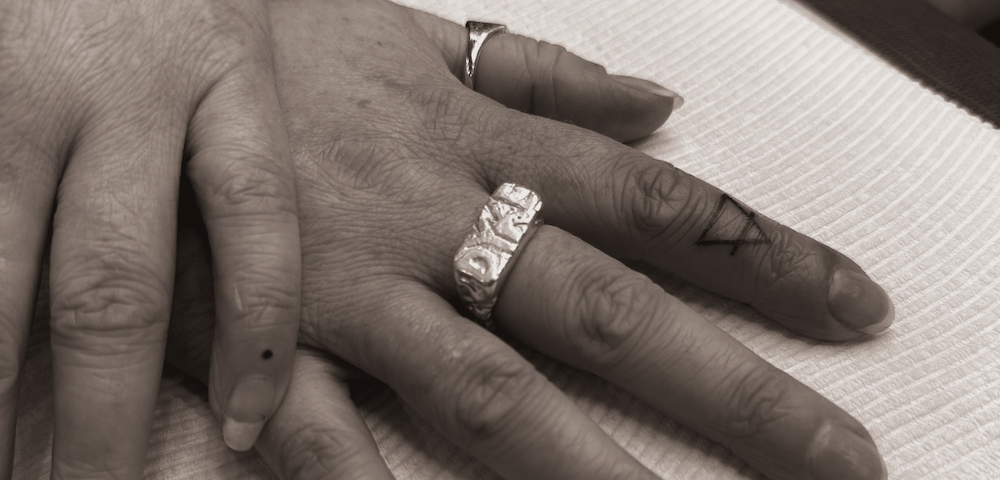
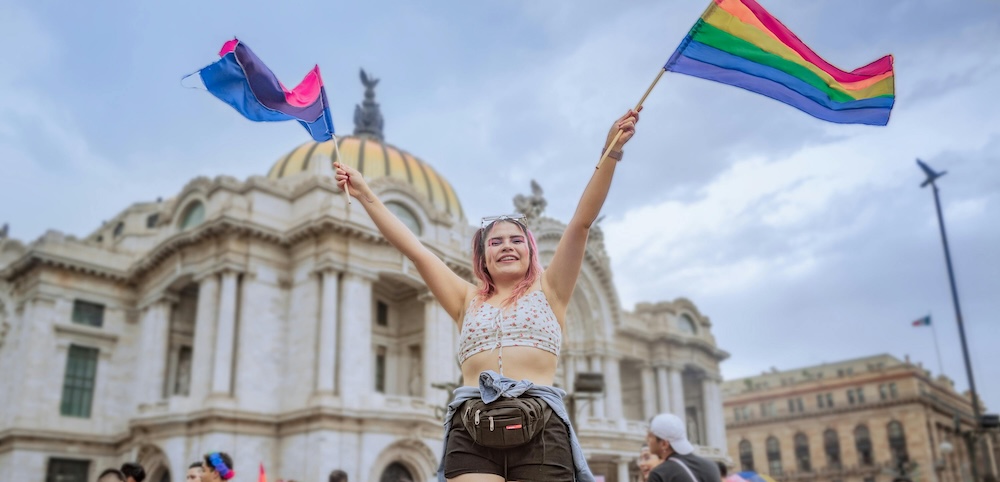
Leave a Reply